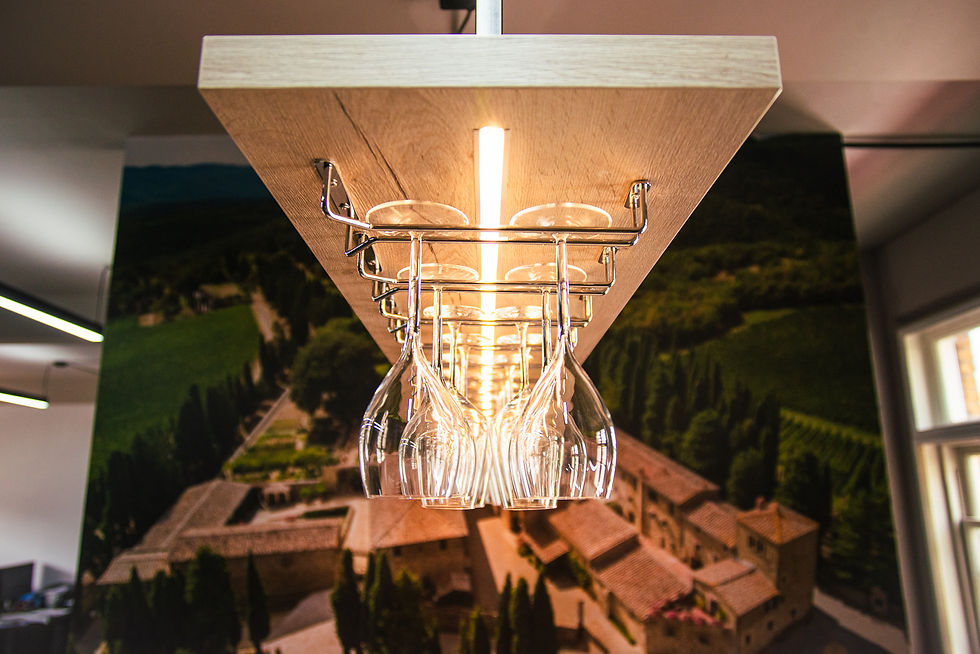The importance of lighting in the workplace
- Forest Joinery

- Jun 19, 2023
- 2 min read
Lighting is an important aspect of any workspace, and it can have a significant impact on employee well-being and productivity. A well-lit workspace can help reduce eye strain, improve mood, and increase energy levels, all of which can lead to improved work performance.
One of the most important aspects of lighting in the workplace is natural light. Studies have shown that exposure to natural light can improve mood, reduce stress, and even improve sleep patterns. When designing an office space, it is important to maximise natural light sources, such as windows or skylights, to create a bright and inviting workspace. In addition to improving employee well-being, natural light can also help reduce energy costs by reducing the need for artificial lighting.

When natural light is not available or sufficient, artificial lighting can be used to provide adequate illumination. The type of lighting used in the workplace can have a significant impact on employee well-being and productivity. Bright, cool lighting can help increase alertness and energy levels, making it ideal for tasks that require focus and attention to detail. Warm, soft lighting, on the other hand, can create a more relaxed and comfortable environment, making it ideal for areas such as break rooms or relaxation areas.

Proper lighting design can also help reduce eye strain and improve visual clarity. Task lighting, such as desk lamps or under-cabinet lighting, can help provide adequate illumination for specific tasks, reducing the need for bright overhead lighting that can cause glare and eye strain. In addition, lighting fixtures should be positioned to reduce shadows and minimize contrast, creating a more visually comfortable workspace.

Finally, it is important to consider the environmental impact of office lighting. Energy-efficient lighting options, such as LED bulbs, can help reduce energy costs and minimise environmental impact. In addition, lighting controls, such as motion sensors or timers, can help reduce energy waste by automatically turning off lights when they are not in use.
In conclusion, lighting is an important aspect of any office space, and it can have a significant impact on employee well-being and productivity. By maximising natural light sources, choosing the right type of lighting, and designing lighting layouts that reduce eye strain and minimise environmental impact, businesses can create a bright, comfortable, and energy-efficient workspace that promotes employee well-being and productivity.




Comments